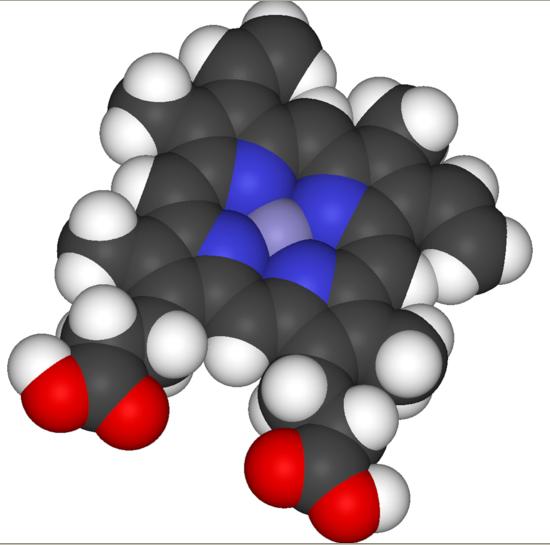Researchers working at the interface between chemistry and biology share equipment, researchers and ideas in an attempt to establish an interdisciplinary approach to a better understanding of the structure, kinetics and function of biological systems

Researchers working at the interface between chemistry and biology have been a significant influence for many years at the English University of Leicester. Scientists from the Department of Biomedical Research share equipment, researchers and ideas in an attempt to establish an interdisciplinary approach to a better understanding of the structure, kinetics and function of biological systems.
In June, researcher Dr. Pipirou presents the main findings in her doctoral thesis, in which she studied the function and mechanism of creating covalent bonds within proteins (Wikipedia entry). Her research involves using methods at the interface between traditional chemistry and advanced biological research approaches to introduce covalent bonds, found in mammalian proteins, into their plant counterparts. The aforementioned study brought important insights into the difference and similarities between plant heme proteins and those found in mammals, and showed that plant proteins can be used as model systems for examining the characteristics and function of much more complex mammalian systems.
The researcher explains: "Heme is an iron-containing protein that is an inseparable component of many proteins, which are therefore called hemoproteins, in bacteria, plants and animals, including humans. It is the component of hemoglobin that gives blood its characteristic bright red color. These proteins have a wide range of biological functions: for example, hemoglobin and myoglobin are able to maintain a balanced level of oxygen in the sun as oxygen binding and transport proteins."
"Although Hem is not covalently bound to many of these proteins, it is now becoming clear that a large number of other proteins use slightly different versions of Hem, in which this group is indeed covalently bound to the protein itself. The most fascinating example of such a protein is the protein called myeloperoxidase, which belongs to the peroxidase protein family found in mammals, and which includes three covalent bonds between the heme group and the protein. The research work was based on examining the nature of such connections in a variety of different families of proteins."
The researcher adds and says: "I will present the types of connections between the heme group and the protein that we are able to engineer into plant protein peroxidases and demonstrate how plant proteins are able to use the same chemistry and the same mechanisms that exist in mammalian enzymes. And above all, I will discuss what nature "gains" from creating such protein-protein bonds and even "switching off".

One response
I may be going a little too far, but does this have any effect on the popular claim that "the absorption percentage of iron from animal foods is high"?